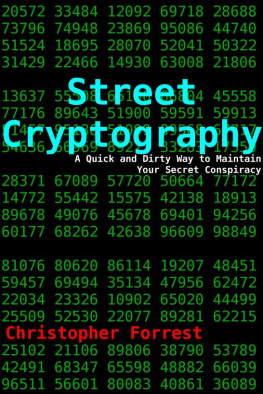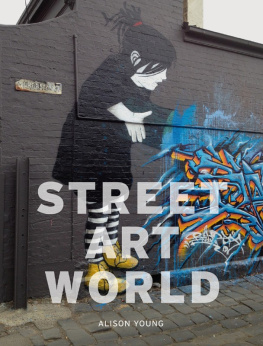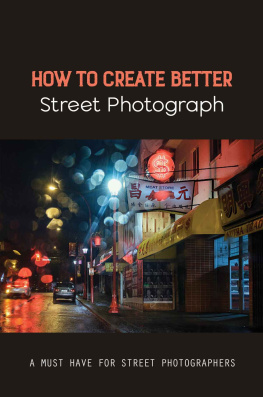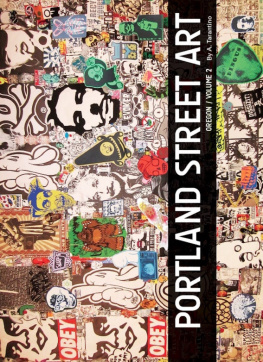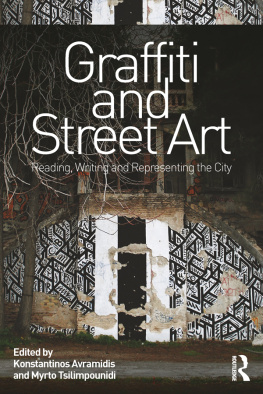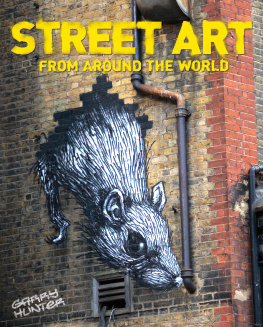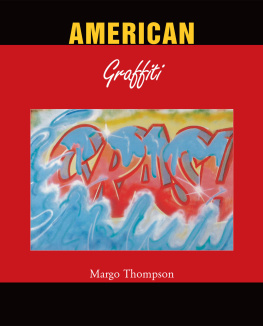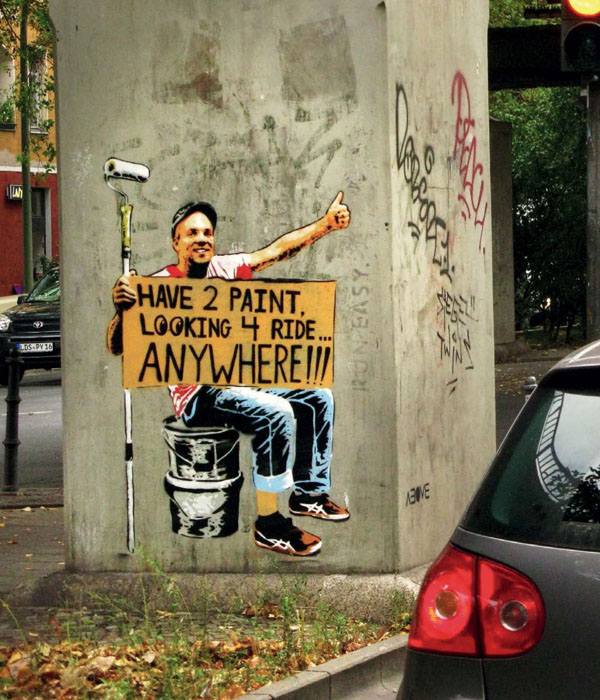For my brother Ren.
STREET MESSAGES
2015 Nicholas Ganz
Printed in Poland
First printing
ISBN 978-91-85639-73-1
Author: Nicholas Ganz
Editing coordinator: Lady K Fever
Cover image: Canvaz, Cavan, Ireland, 2012
page 1: Above, Berlin, Germany, 2011
Previous spread: Rero
Published in 2015 by Dokument Press. All rights reserved. No portion of this book may be reproduced or transmitted in any form or by any means without written permission from the publisher.

Dokument Press
Box 773, 120 02 rsta, Sweden
www.dokument.org
Writing On The Wall
Ever since higher forms of humans developed, there has been a desire for communication. People learned to develop sounds into sophisticated language, from African click languages to the languages of the various countries of the world. They also developed a wide range of images to mark and carve on objects in their surroundings long before they developed paper and printing in order to increase their range of contact. Chiseled stones, cave walls and giant stelae told the tales and history of the privileged classes, paid homage to the rulers and decorated these areas with more visually attractive imagery. Facts carved on the Rosetta Stone or expressed in Mayan glyphs and Egyptian hieroglyphs were deciphered by historians in order to gain access to the past.
In the jungles of Venezuela, the people of the Yanomami tribe left hand prints to say they were there. The Jains; an Indian religion that promotes non-violence, dip their hands in blood or red dye and then press them to a wall, which leaves a print. The idea of the unique handprint is utilized in modern times in front of what was formerly the Chinese Theater in Hollywood, USA, to identify actors and actresses who leave their handprints in wet cement on the Walk of Fame.
In Pompeii, Italy, someone wrote in Latin on a wall questioning how the wall could still be standing given all the graffiti that had been written on it. The modern term graffiti came from the Italian word graffiare, which literally means to scratch.
As people began to travel, they often wrote or scratched their names on walls to indicate that they had arrived at their destination or at least were there in passing. In the 1600s, Spanish conquistadors left their names on the El Morro Rock outside of Gallup, New Mexico. French explorers scratched their names into the stone carvings of Angkor Wat when they discovered the ruins in 1804.
As newspapers developed as an information channel, it was observed that a free press is great if you own one. The New York Times mast head, which proclaims All the news that is fit to print, doesnt warn readers that the information we receive may be biased.
No wonder then that people who had no access to newspapers and printed matter took to the walls of the cities to express their point of view, which often ran counter to that of the dominant political culture. In other cases, they just appropriated public spaces to make them more visually attractive. Non-permission art goes back 30,000 years to the walls of cave dwellings in France and some 17,000 years in Spain.
Political parties were aware that many of their voters did not read newspapers, so they wrote their party names and slogans on walls throughout the countryside. Portugal in the 1970s and Mexico, Central and South America are prime examples. Writing on walls was inexpensive and the messages were seen by all who passed.
Nicholas Ganz puts it all together in this book so that the reader experiences the historical evolution and process.
There are many forms of graffiti. We are all familiar with the John Loves Mary carved on trees and everything else imaginable. Likewise the leaving of ones name as described above in mentioning the Spanish conquistadors can be found in locations as diverse as the Great Wall of China and the most southerly point of Africa.
Some forty years ago, a modern form of wall writing graffiti emerged in New York City and Philadelphia, USA. It thrived in public spaces, was totally non-permission and the general public saw it as vandalism. It expressed itself in the writing of names, added characters, comments and punditry about society, often done by those who found the conditions of the society in which they lived to be alienating. As this complex form of expression developed, it exploded beyond the appellation of graffiti and was referred to as spraycan art, aerosol art, graffiti art or street art. Today, it has morphed into a world-wide phenomenon called urban art.
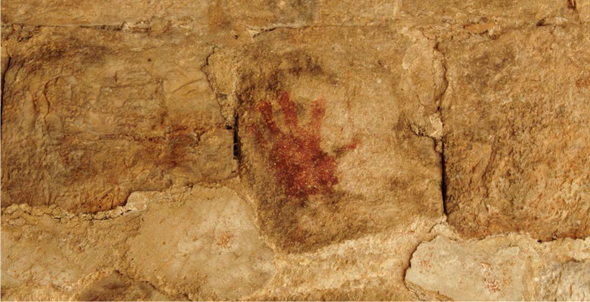
Handprint in the Nunnery Quadrangle, Uxmal, Mexico, May 2014.
While the general public decries youth expression on public walls, people are remarkably silent about what many consider to be the ugliest graffiti of allbillboards. They are in our face everywhere we go, urging us to buy products that we dont need and for decades they have been urging us to smoke, drink and gamble. Since they are part of the commercial, capitalist system, we have no say as to their existence. No wonder that those who do not have the resources to make themselves heard through public, commercial channels seek alternative methods of expression.
In a way, the Internet, developed over the last twenty years, has dramatically changed our ability to hear and be heard. Modest postings can be seen by millions of people all over the world. Access to the Internet is still available mostly to those who can afford it, but it vastly opens lines of expression.
Winston Churchill said that, History will be kind to me because I will write the history, and the street artist iNO, sums it up this way: If you want to learn about a city, look at its walls.
Given all the modern, new technology, it will be interesting to see how technology will affect future writings on the walls. Who will tell the tales, who will record historical events, who will protest and challenge the status quo and how will all of this be recorded?
James Prigoff
24 April 2014
Co-author of Spraycan Art,
Painting the Towns - Murals of California,
Walls of Heritage, Walls of Pride - African American Murals
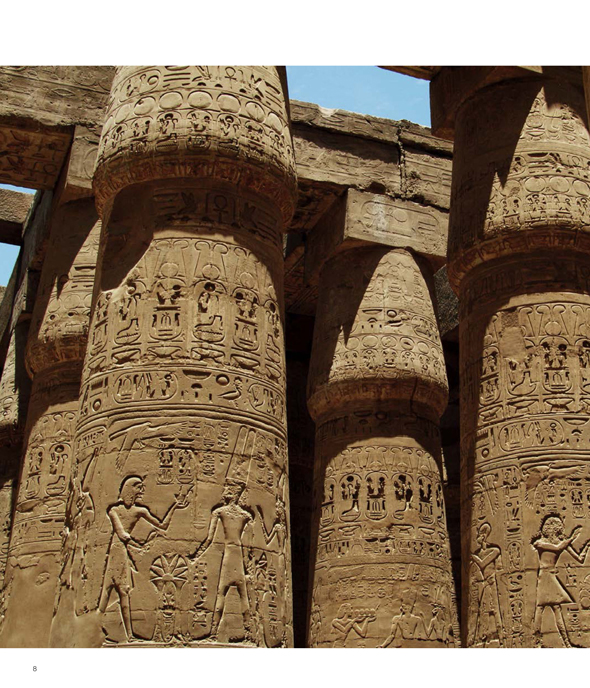
Preface
In our daily life, we are exposed to a massive amount of written messages. Advertising is trying to sell us something, street signs guide us on our way or tell us what we are allowed and not allowed to do. Reading has become a challenge in our modern life and while many of these messages are recognized and interpreted by us, they are certainly not memorized.
We are flooded by a vast amount of logos and symbols with similar intentions: to guide us or try to sell us something. Next to this heavy rain of texts and symbols without relevant meaning, there are innumerable forms of artistic expressions in the form of graffiti or street art.
This book is a celebration of the artists who work with the written word in our public spaces in order to share an alternative, more meaningful, message. Graffiti is a free and anarchistic act that brings creativity into our gray urban landscapes. Landscapes designed by strangers in the form of commissioned architects or capitalist city-planners. Graffiti and street art reclaim the urban space so that people can create their environment according to their wishes and desires.

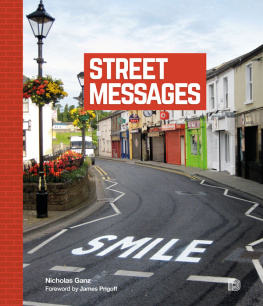
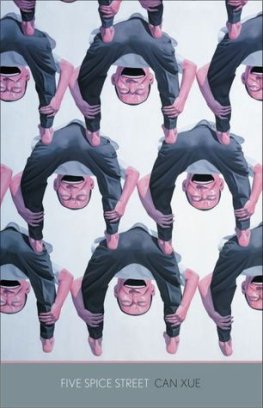
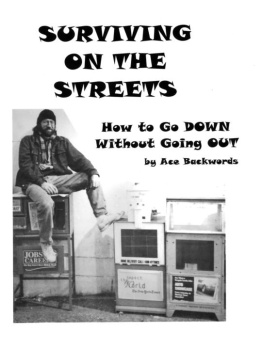
![Alfred C. Martino - Audio Nuggets: How To Get A Street Named [Text]](/uploads/posts/book/400603/thumbs/alfred-c-martino-audio-nuggets-how-to-get-a.jpg)
